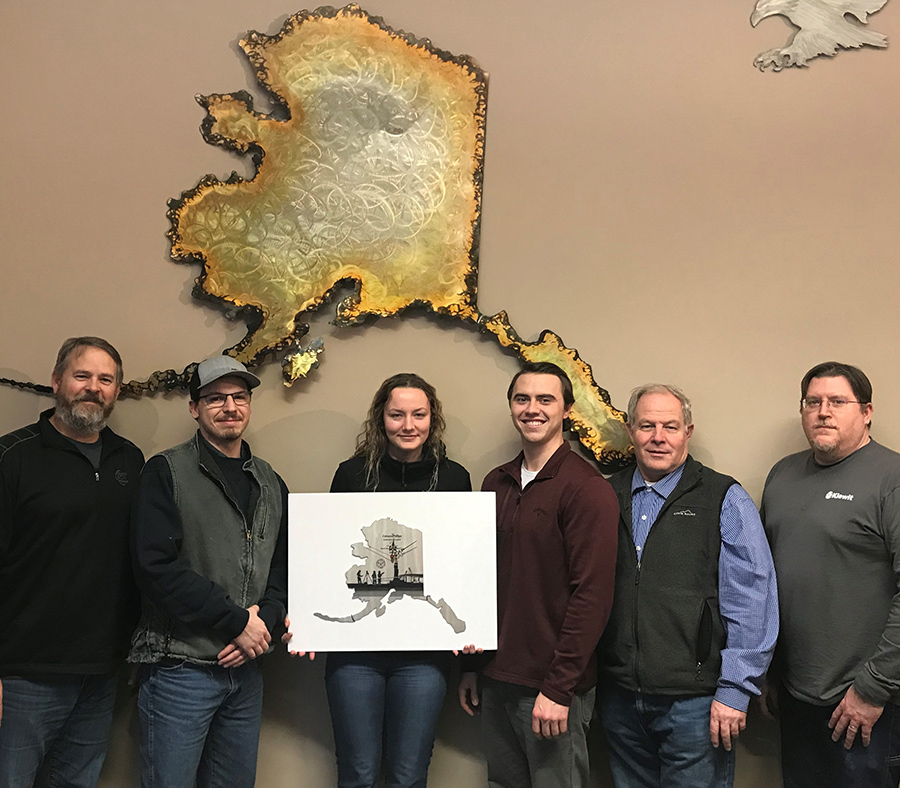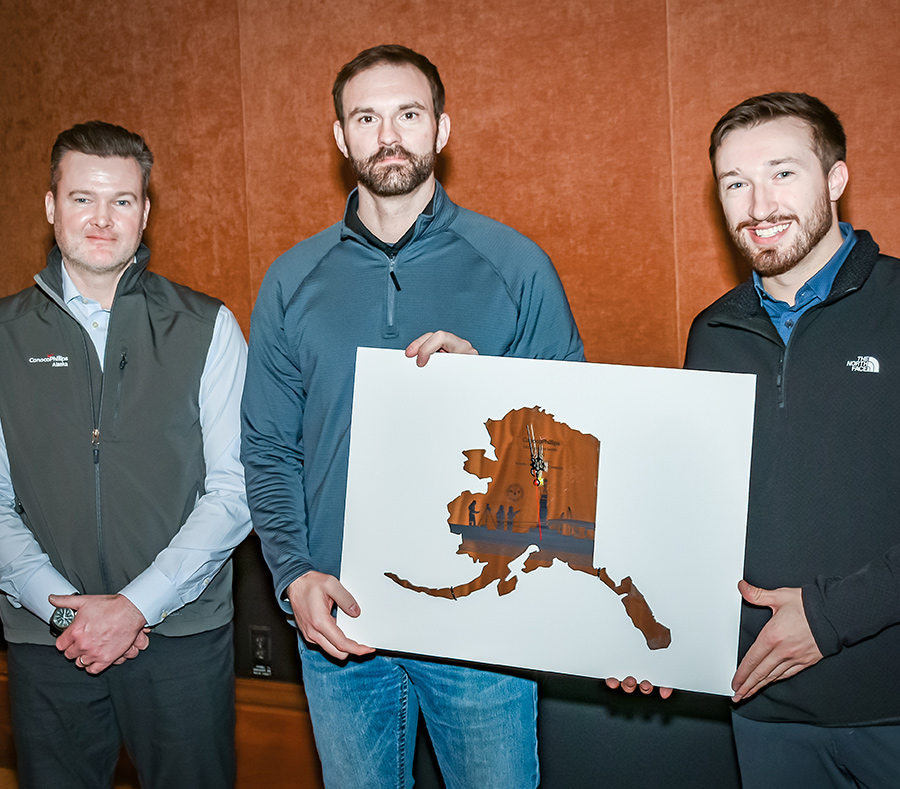
t takes a strong, durable foundation to make any project last, whether it’s a roadbed or a skyscraper. And within every business, it takes a foundational belief in the value and importance of on-the-job safety to create a culture in which workers feel comfortable pointing out potential safety hazards, where employees see the value in spending time reviewing proper safety protocols, and where personal protective gear is donned as automatically as a coat in winter.
Associated General Contractors of Alaska and ConocoPhillips recognized four companies and one individual for outstanding commitments to safety at the ConocoPhillips Excellence in Safety breakfast held January 28 as part of the AGC 2021 Annual Convention Part II.
Companies who applied to win the award had to demonstrate a commitment on behalf of company managers; active employee participation; ongoing safety training and work site hazard identification and control; and innovation in implementing their safety program.

Photo courtesy of Associated General Contractors of Alaska
Building Division
“The first time I can recall having to do a pre-task hazard assessment was in 2000. I think everyone thought they were a joke and didn’t put much effort into them. Fast-forward to now: it’s something that all of our employees are engaged in and everyone participates. It has been a huge change in the last twenty years,” he says. “We used to be worried about the reportable injuries, and now we’re worried about first aids. One owner company in Alaska uses the term ‘failing softly.’ They acknowledged that zero incidents may be unachievable, but let’s figure out how to position ourselves so that we don’t have a serious injury.”
Andrews says winning the award is a recognition that the efforts and importance the company places on maintaining good safety protocols is tangible.

Photo courtesy of Kiewit Infrastructure West Co.
Heavy Division
“At Kiewit, absolutely nothing is more important than safety. Our Nobody Gets Hurt safety philosophy is seen, heard, and practiced on every jobsite and in every office, every day. Our work in Alaska is diverse, requiring project-specific safety plans to address site-specific conditions, such as harsh winter weather, remote locations with difficult access, communication challenges, crane safety, traffic control, human/equipment interface, and in-water work. Through proper planning and continuous communication, we proved that we can eliminate or mitigate safety hazards and prevent damage, injury, and loss to our employees, subcontractors, consultants, the public, and other key stakeholders,” he says.
Kiewit holds an Emergency Modification Rate of 0.41, indicative of one of the best safety performances in the industry, Lane says. In Alaska, Kiewit has had zero recordable injuries in the past seven years.
Lane says winning the award is a testament to Kiewit’s consistency as a safe contractor.
“We have won this award several times in the past and, in my opinion, it is one of the most important awards we can win. We want to attract and retain the best talent—and to be the best talent, you have to share our Nobody Gets Hurt safety philosophy. We want our clients, employees, future employees, partners, and future partners to think of safety when they see the name Kiewit, and being an Excellence in Safety winner helps tell our Nobody Gets Hurt safety story,” he says.

Photo courtesy of Flavin Photography
Highway Division
“The effort of every employee and top-down support at Granite is one of the big things that makes it notable. It’s a Safety by Choice culture. We work safely because we choose to, not because there’s a law that says we should. We do it because we want our employees to go home safely every day. It’s safety by choice—not by chance—that’s how we do business,” Rodriguez says.
Granite’s equipment department recently celebrated eight years with no reportable injuries, which is a notable milestone. In January 2022 the company had zero reportable injuries company-wide—that represents about 7,000 employees.
Rodriguez says winning shows employees the company is committed to safety and demonstrates that commitment to prospective employees and potential business partners, too.
“It’s good when we partner up with clients to demonstrate our strong commitment to safety,” Rodriguez says. “It shows that we take pride in being a safe company.”

Photo courtesy of Flavin Photography
Specialty Division
“The reason ASRC stood out is the variety of construction, including modular, and the remote locations across Alaska that we work. We experience every hazard that you can imagine in construction and they’ve been able to mitigate those hazards year after year,” he says.
Some work is fabrication in an enclosed facility, which has its own hazards, while other workers go out and perform construction on the North Slope or in the middle of the ocean on platforms.
“I think it’s the safety commitment from all of the employees and leaders of the organization— having that personal commitment goes a long way to keeping yourself safe and the person next to you safe,” Champion says.
Winning the award helps distinguish ASRC companies from others in their field, and it spurs other ASRC companies to up their safety game, too.
“There’s a lot of pride internally for being recognized as keeping our people safe. And the other subsidiaries of ASRC see us being recognized and it motivates them to also work safe,” he says.

Photo courtesy of Flavin Photography
Individual award
“Rex is part of the bridge crew,” explains Steve Rowe, owner of Swalling. “He ends up loading up the trailer and heading to remote locations in the middle of nowhere, where he has to plan out the safety for the crew.”
Swalling does a lot of bridge repairs around Alaska, sometimes on roads and sometimes on rail bridges. Often, those repairs are hours away from any town.
“If someone gets hurt, there’s no calling 911, they’re on their own,” Rowe says. “We’re over streams and rivers, tearing apart bridges that have been sitting there for thirty to forty years deteriorating. He’s never had an issue; he brings everyone home.”
Papraniku says that the key is communication.
“You have to really sit down and talk about your tasks, talk about it at a basic level—what could be a potential hazard—before you even go out there,” he says. “Everyone needs to know what they’re doing and how they’re doing it. We’re not just going out there winging it.”